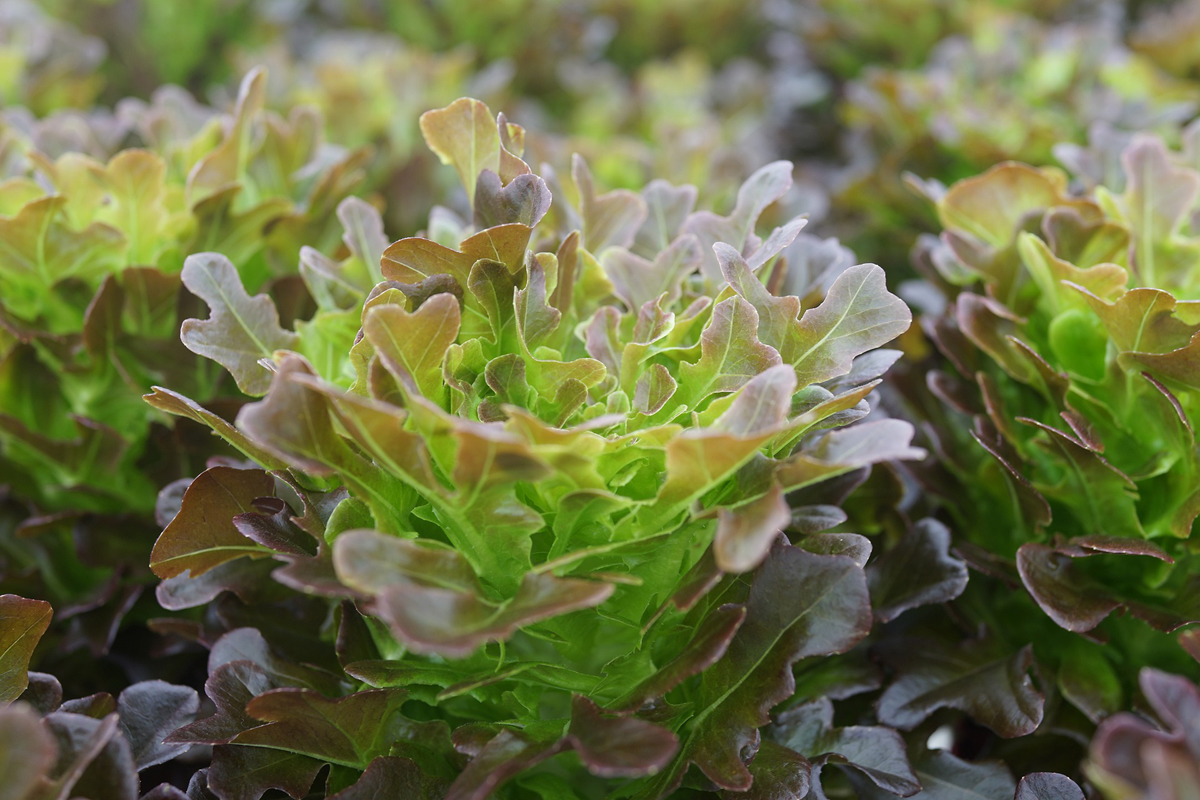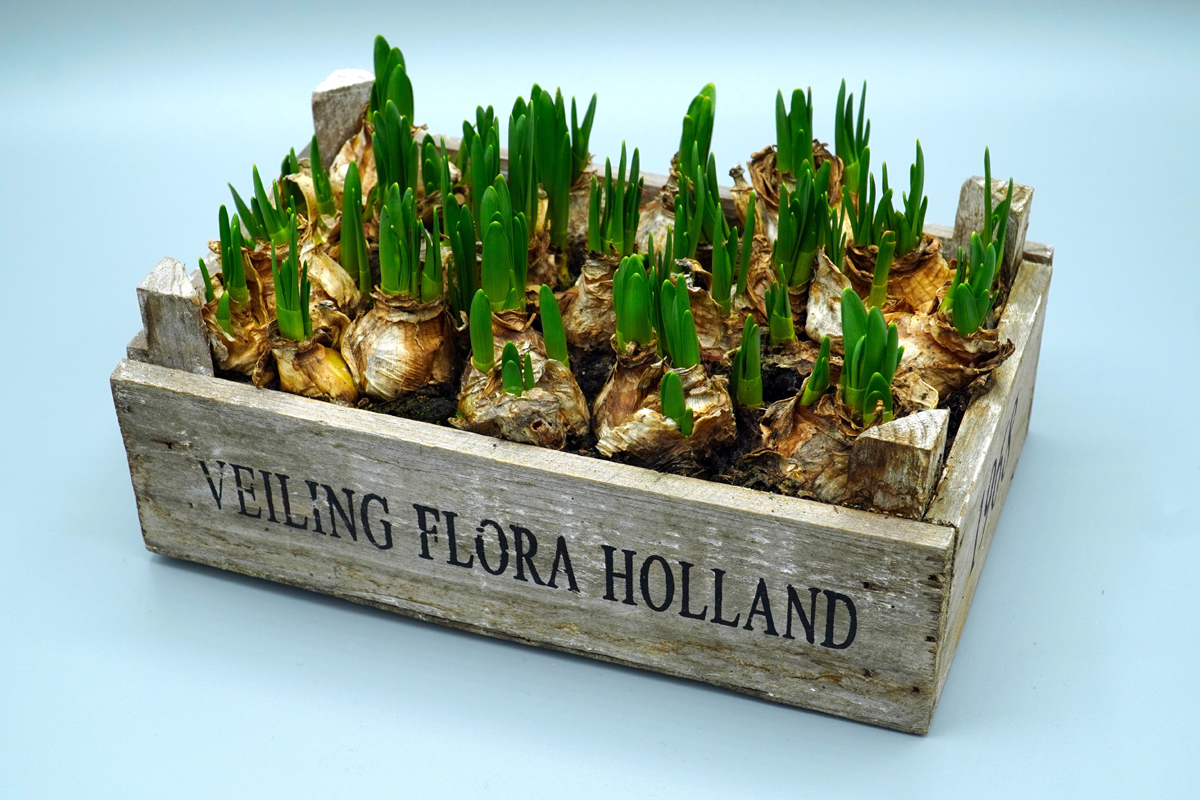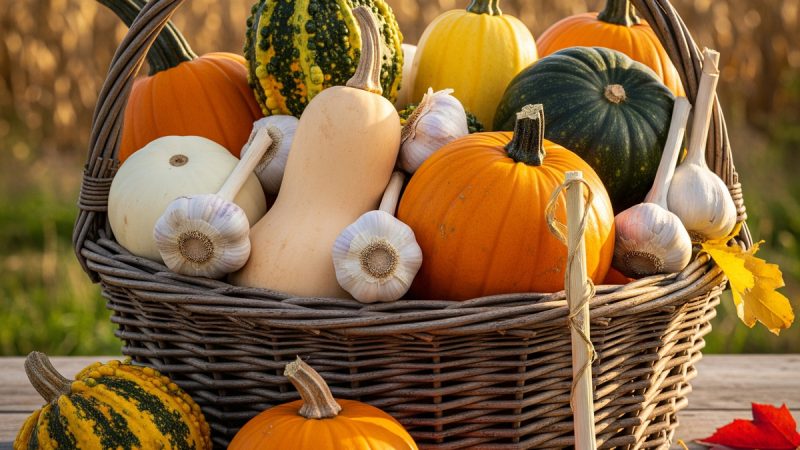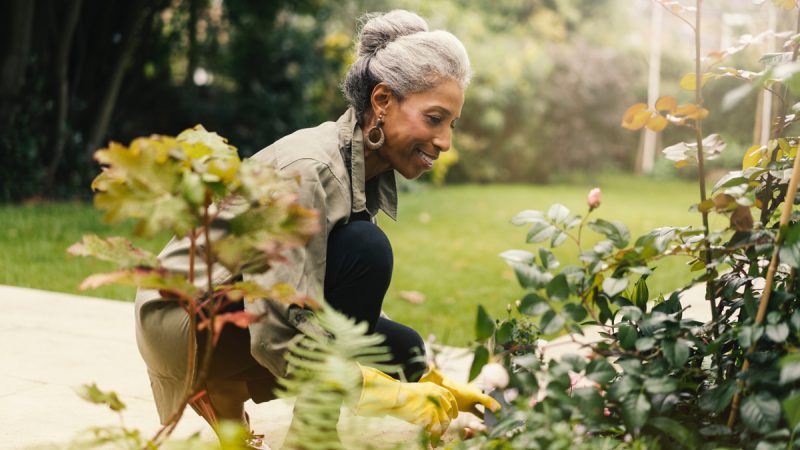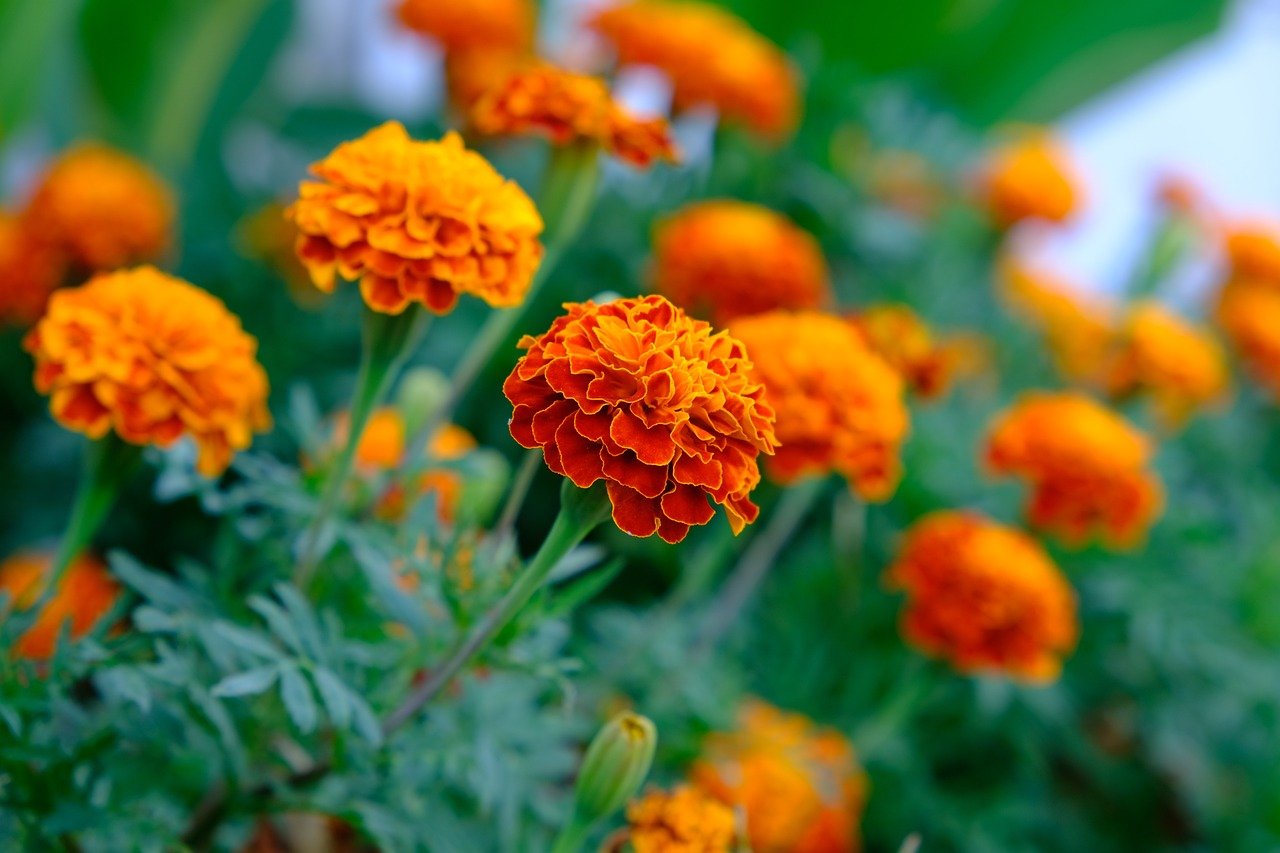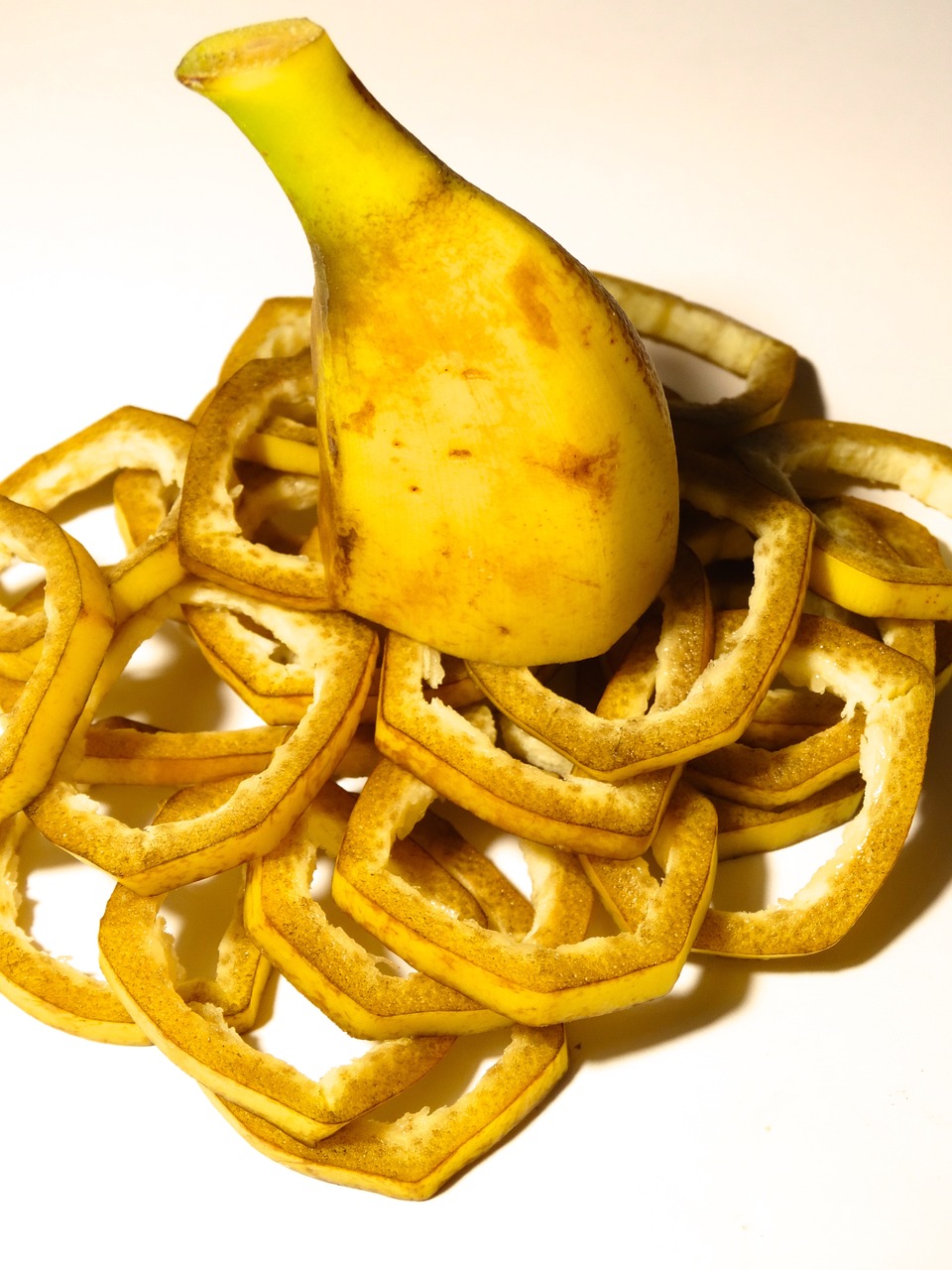Bombs Away with Seed Bombs
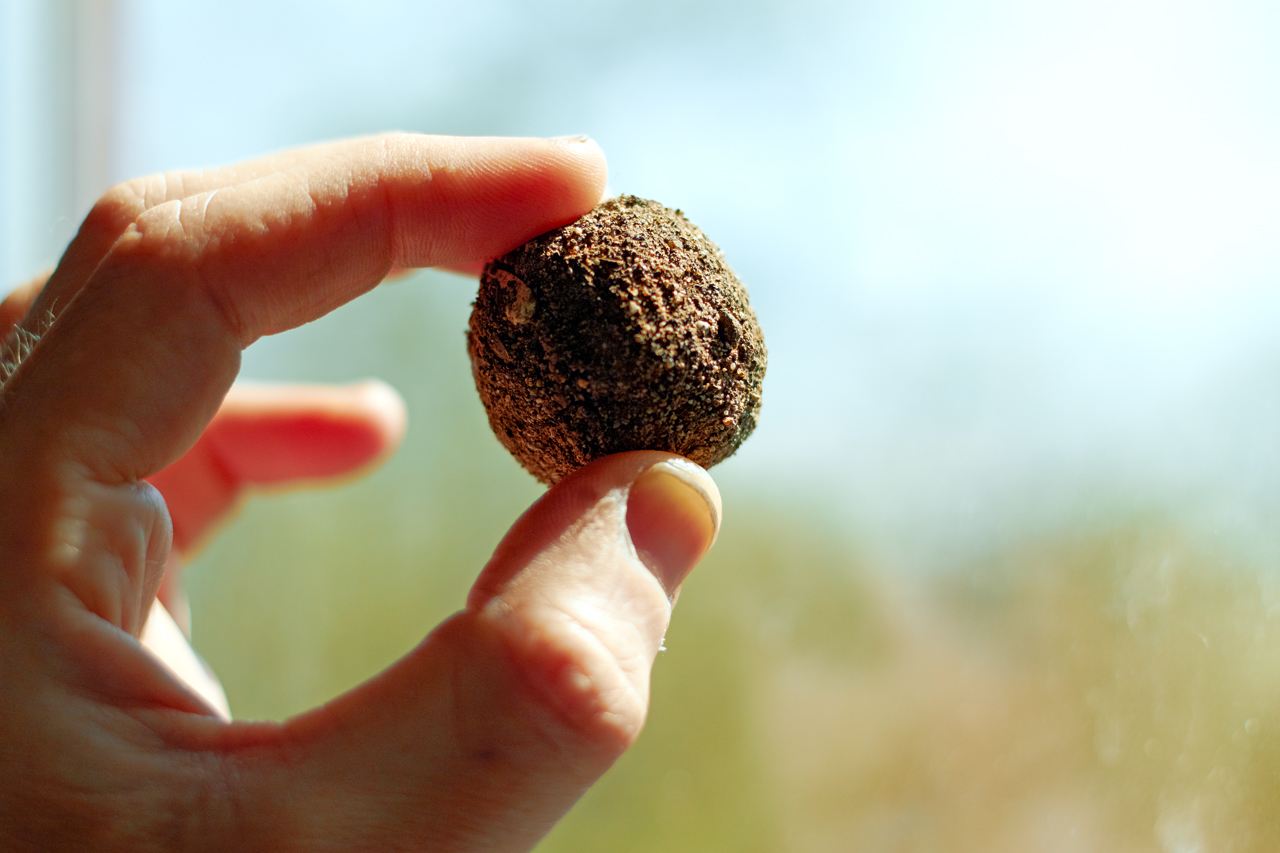
Seed bombing has been popular in urban areas for some time. But the idea is applicable for other areas as well. What is seed bombing? It’s a fun, easy, and environmentally friendly way to plant large or difficult to reach areas. Children especially seem to enjoy the fun so it makes a good family project.
If you have a slope or other part of your property that is inaccessible, seed bombs may be a way for you to cultivate flowers there. Wildflowers are especially adaptable to this purpose, but any type of seeds can be used if they are suitable for your region and climate. Sunflower seeds are another popular choice. The flowers can also help to crowd out weeds in an area.
A typical recipe for seed bombs is: 5 parts dry red clay, 3 parts dry organic compost, 1 part seed, 1-2 parts water. Roll the mixture into 1-2 inch balls and let dry. The use of clay in the seed balls makes it difficult for birds to eat the seeds.
The seed bombing idea has evolved to incorporate trees. Tree cones are pointed metal containers that are designed to bury themselves in the ground at the same depth as if planted by hand. The cones contain fertilizer along with a material that soaks up moisture to water the roots of the tree. These lightweight containers decay very quickly allowing the tree to put roots down into the soil. This type of bombing usually requires the use of an aircraft.
Since they can dry out, it’s best to make your seed balls in spring or fall when the weather is cool and rainy. This way you will have time to get the balls distributed while there is still plenty of moisture in the ground.
The history of clay seed balls comes from an ancient practice in which seeds for the next season’s crops were mixed together, often with humus or compost, and then rolled in clay to form small balls. The modern technique for creating seed balls is generally attributed to a Japanese farmer named Masanobu Fukuoka.
This method is now commonly used in what has been dubbed as guerrilla gardening to rapidly seed restricted or private areas. Of course, it’s best not to seed bomb private property without permission. But if you have an area that’s hard to reach and could benefit from some colorful flowers, making the bombs is an easy and rewarding project. Bombs away!
The Author:
C. Tee Menser has a Master’s Degree and an avid interest in behavioral science, gardening, wildlife conservation and restoration, urban farming, women’s issues and education.
Photo. Guerilla_gardening

